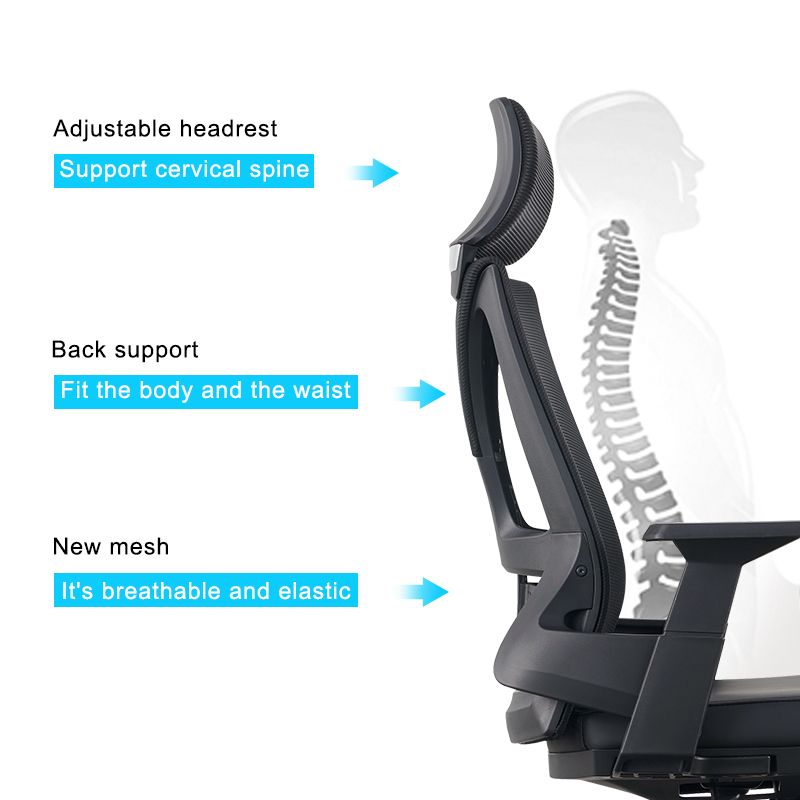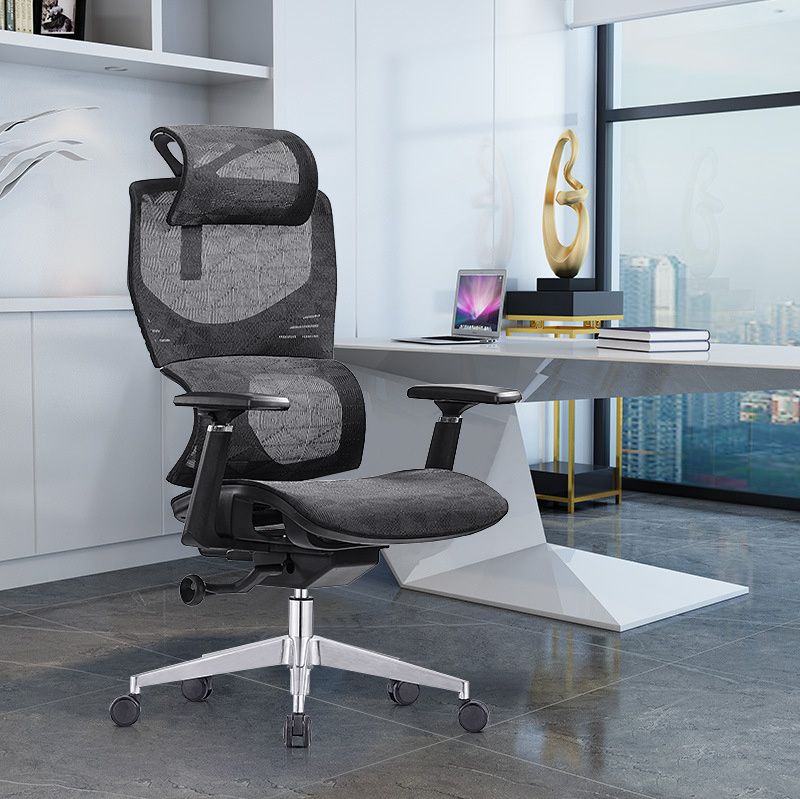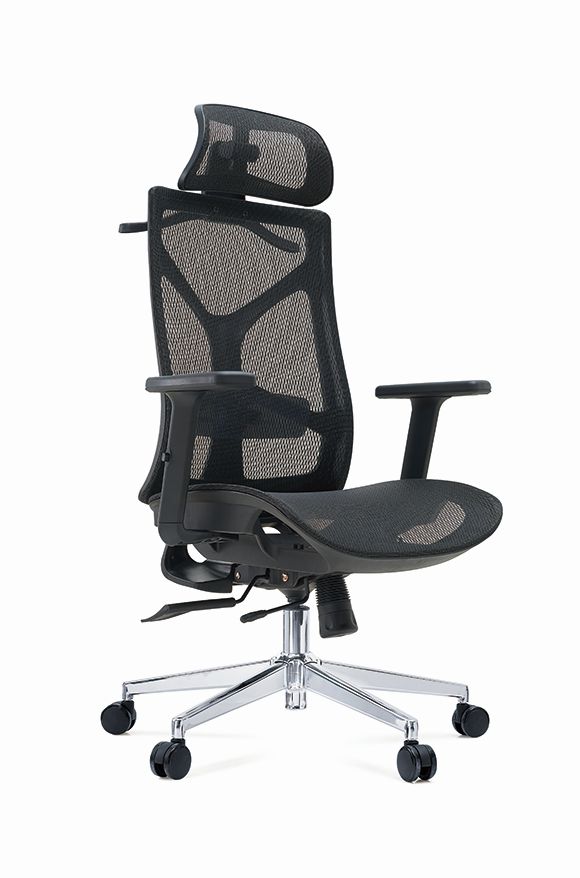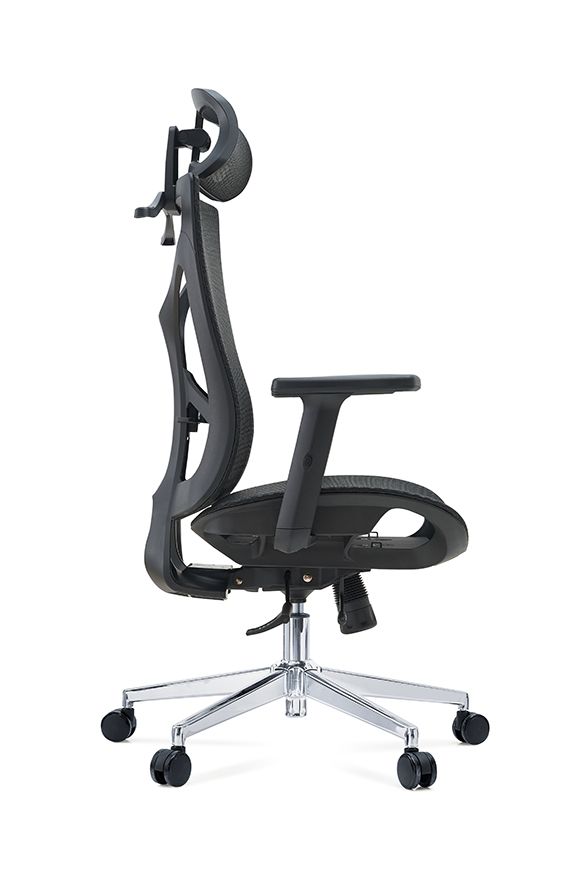Every ordinary person is occupied by the three behavioral states of walking, lying and sitting 24 hours a day, and an office worker spends nearly 80000 hours on the Office chair in his life, which is almost one third of his life.
Therefore, it is very important to choose a suitable office chair. The most important thing is that the three "backers" of the Office chair should be able to adjust well.
The spine of a normal human body has three physiological bends. Due to physiological needs, they do not grow in a straight line. The thoracic spine protrudes backwards, while the cervical and lumbar vertebrae protrude forward. From a side view, the spine resembles a connection between two S. Due to this physiological characteristic, the waist and back cannot be placed in the same plane. Therefore, to achieve a comfortable sitting posture, the design of the chair back should conform to the natural spine curve. Therefore, a reasonably designed work chair should have the following support points for the human back:
1. There is an adjustable surface on the upper back to support the kyphotic thoracic spine.
2. There is an adjustable lumbar pad at the back waist to support the protruding lumbar spine.
3. Adjustable neck support. For users who need to frequently lean back to relax their head and neck, the height and angle of the neck brace determine the fatigue level of the cervical spine. The reasonable height of the neck support should be adjusted to the third to seventh sections of the cervical spine, in order to provide necessary support for the cervical spine and effectively relieve fatigue of the cervical spine. The adjustable headrest at the head and neck provides support for the lordosis of the cervical spine, which is crucial for alleviating fatigue.
The three "backers" of the Office chair determine the 80% comfort, so choosing a good office chair comes with it!
Post time: Jun-30-2023



